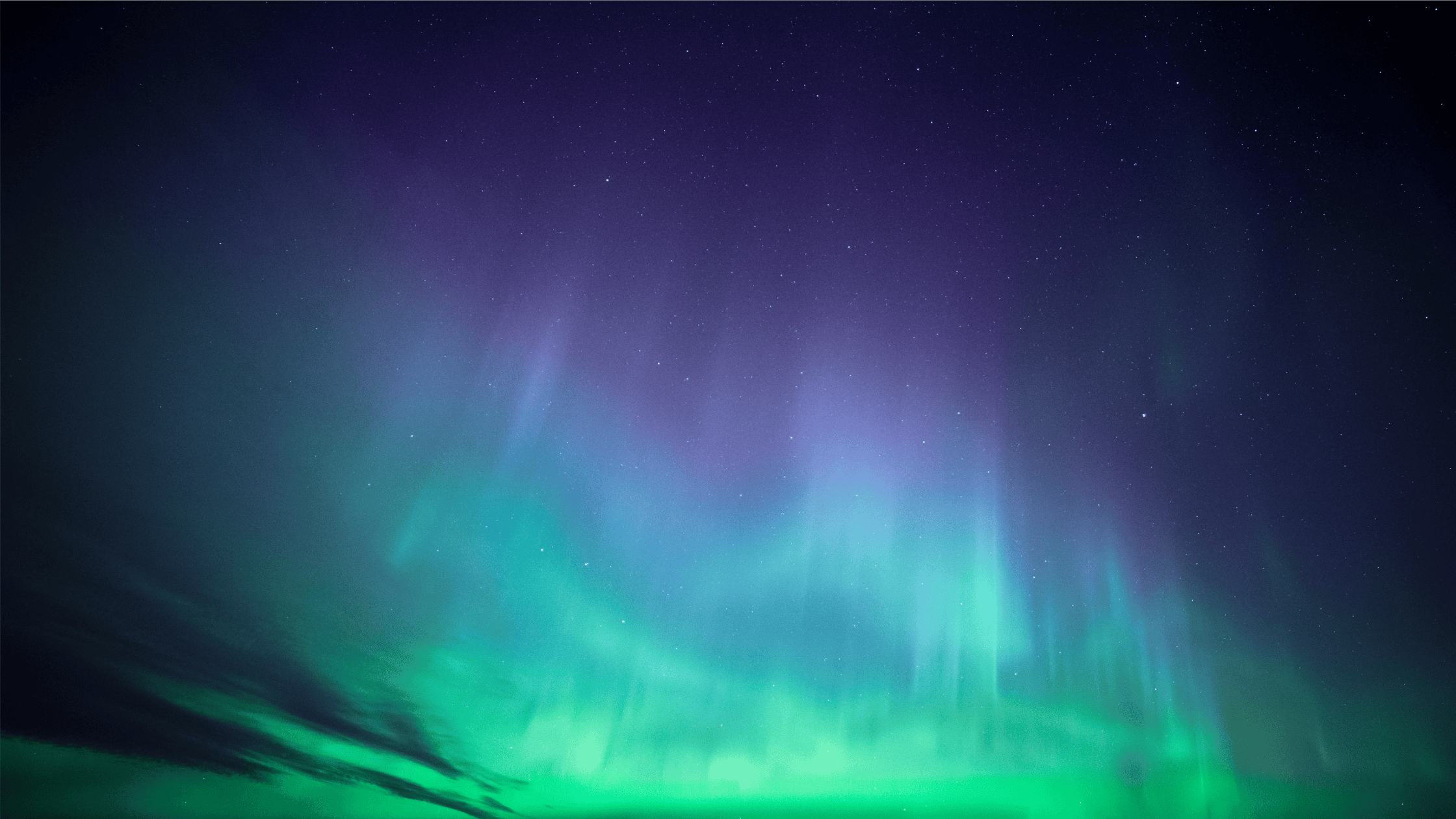Absolutely, you can see the northern lights in Thunder Bay.
The northern part of the city is the prime spot for this spectacular view. In fact, many of my friends who reside there often enjoy the stunning display of the aurora borealis right from their own backyards!
However, it’s important to note that seeing the northern lights consistently requires one to be quite far north.
So, if you’re up for a little adventure, I’d personally recommend taking a trip to Quetico Provincial Park. Located less than a 2-hour drive from Thunder Bay, this park is known as a dark sky preserve – a perfect setting to witness the awe-inspiring beauty of the northern lights.
When can you see the northern lights in Thunder Bay?
As with all natural phenomena, there’s no guaranteed time, but your best chance is usually between December and late January.
However, it’s always a good idea to keep tabs on the “Aurora” app. This handy tool gives you real-time updates and can help you plan your viewing experience.
The app provides you with the current kp level and even predicts the odds of the Northern Lights appearing.
So, while it’s never a sure thing, these apps can certainly increase your chances of witnessing this natural spectacle. Remember, patience is key when it comes to nature’s most breathtaking performances!
Want to get the best possible view?
If you’re seeking the best possible view, I’ve got just the right tip for you. What you need to do is find a location with a vast expanse of open land stretching out between you and the northern horizon.
You might be wondering why. Well, it’s all about the light pollution. Unfortunately, our city – even the suburbs – emit a significant amount of light pollution. This artificial illumination from our homes, streets, and city buildings can interfere with your view of the Northern Lights, reducing their vibrancy and visibility.
So, what’s the solution?
I’d recommend taking a drive out of the city. By positioning yourself away from the city lights, you’ll be able to enjoy a clearer, more spectacular showcase of the Northern Lights. So, pack some warm clothes, and a thermos of hot cocoa, and set out on an adventure to witness nature’s most breathtaking light show!
Where are the best viewing spots in Thunder Bay to see the Northern Lights?
For the best viewing, you need to head to the northern side of Thunder Bay. Below are some of the best sports in town.
The Bluffs at Centennial.
This location offers a spectacular view of the Northern Lights, making it a must-visit when in Thunder Bay. So, make sure to pack your camera, warm clothes, and a sense of adventure. Trust me, once you’re there under the starlit sky, you will find it’s absolutely worth it!
Hillcrest Park
Imagine this: you’re standing in the heart of Hillcrest Park, the night sky is clear, and suddenly, the darkness comes alive with the ethereal glow of the Aurora Borealis. Sounds mesmerizing, right? Well, that’s the kind of magical experience you can anticipate at Hillcrest Park.
Not only does this park provide a fantastic, unobstructed view of the sky, but its elevated location also ensures you’re well above the city lights. This means you can fully appreciate the Northern Lights in all their shimmering, colourful splendour.
Dawson Road
It’s a bit north of the city and offers an extraordinary view of this natural spectacle. But what makes this spot truly enchanting is the nearby beach.
Imagine watching the Northern Lights dancing and flickering across the sky, mirrored on the surface of the water. It’s a sight that is sure to mesmerize you and create a memory that you will cherish forever.
Are there any specific tips or recommendations for photographing the Northern Lights in Thunder Bay?
Absolutely, capturing the Northern Lights can be a truly magical experience. Let me share some tips that could help you take some incredible shots.
Firstly, it’s crucial to be prepared for cold weather. The Northern Lights are typically visible in very chilly climates, so warm clothing is a must. You wouldn’t want to miss the perfect shot because you’re shivering!
Secondly, you’ll need a good quality camera. Ideally, use a DSLR or mirrorless camera with manual settings. This allows you to adjust the shutter speed, aperture, and ISO to capture the lights just right. And don’t forget to bring an extra battery; the cold can drain them quickly!
Thirdly, a sturdy tripod is essential. The Northern Lights can be elusive, and you may need to use long exposure settings to capture them properly. A tripod ensures your camera remains steady for these longer shots.
Next up, let’s talk about settings. Start with a slow shutter speed, around 15-25 seconds. This allows enough light into the lens to capture the Northern Lights. Adjust the ISO between 1600 and 3200, depending on how bright the lights are. Aperture, or f-stop, should be set as low as possible to let in as much light as possible.
Another key tip is to focus your camera properly. Autofocus can struggle in the dark, so you might need to switch to manual focus. Try setting your focus to infinity, but remember to check your shots and adjust as needed.
Lastly, remember to scout out your location during the day. You’ll want a spot with little light pollution and a clear view of the sky. Once you’ve found the perfect spot, be patient. The Northern Lights are a natural phenomenon and can be unpredictable.
And most importantly, while capturing the Northern Lights, remember to take a moment to step back from the camera and just enjoy the view. It’s a truly awe-inspiring sight.
